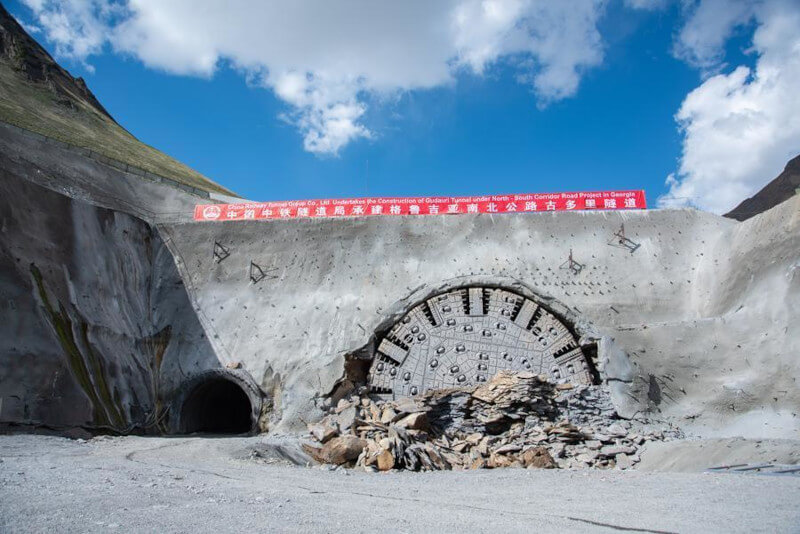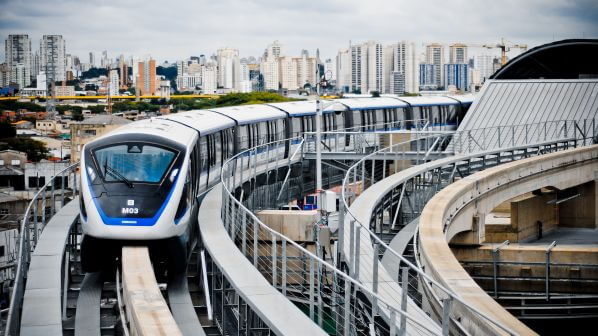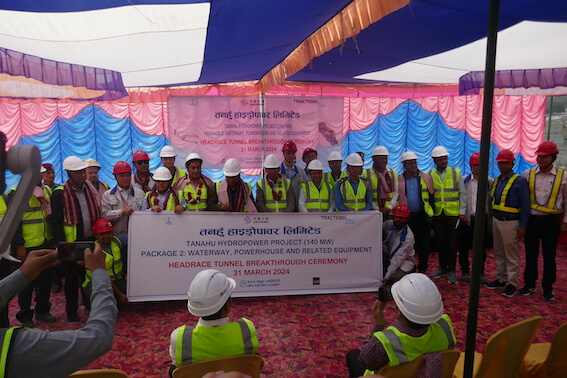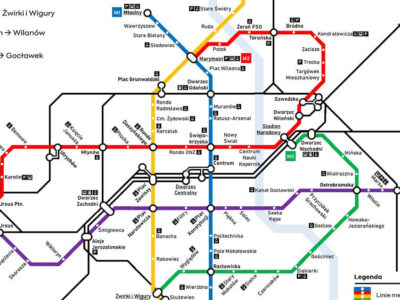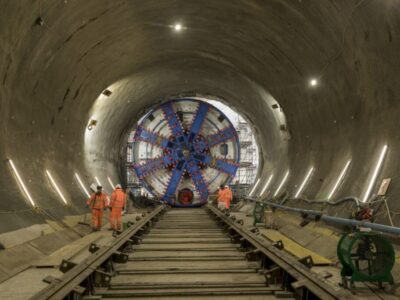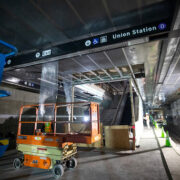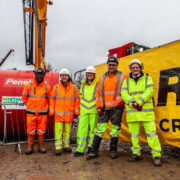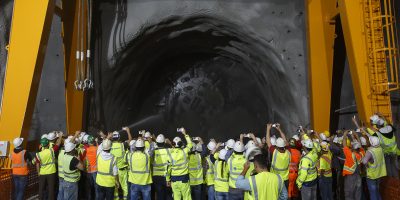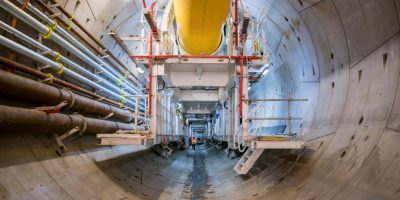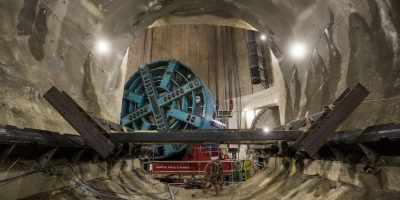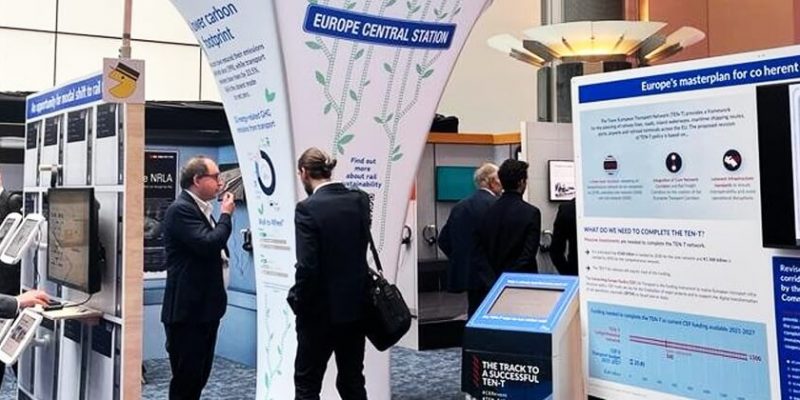
Europe’s future depends on trains: The new line between Munich and Verona
The Munich-Verona line, which crosses the Brenner Pass at 1,370 meters above sea level, is currently one of the most important routes for traffic and transit between northern and southern Europe. However, this section of the north-to-south link is also used as the most significant bottleneck. The Brenner railway, 150 years old, is no longer up to the standards required by modern freight transportation, and the 2,5 million lorries that are currently in-transit are bringing the Brenner highway, which was built in the 1960s, beyond its capacity. As a result, four tracks are being added to 435 kilometers of rail line running along the Brenner Corridor; Munich and Verona will be connected by a new high-speed rail line that will cut travel time for passengers by two and a half hours.
Look at the history: In 1971, the International Union of Railways (UIC) ordered a study for a new Brenner railroad with a base tunnel. By 1989, three feasibility studies had been completed, which formed the basis for further planning of the Brenner Base Tunnel.
This marked the beginning of planning for the Brenner Base Tunnel, an underground rail connection between Innsbruck (Austria) and Fortezza (Italy). The Berlin-Naples corridor was included in the European Union’s list of priority projects in 1994. A state treaty for the construction of the Brenner Base Tunnel was signed ten years later by Austria and Italy. In addition, BBT SE, a European Public Limited Company that operates the tunnel’s construction, was established in the same year. The Mules access tunnel in South Tyrol saw its first construction efforts begin just a few years later.
fast forward to today:
now, work on the low-gradient line under the Brenner pass between Innsbruck (Austria) and Fortezza (Italy) is ongoing on five distinct construction sites, and over two-thirds of the entire tunnel system (230 km) between Tyrol and Alto Adige has been completed.
Along with its north and south access routes, the new underground high-speed line will give passenger travel a whole new dimension and freight transportation an appealing and long-term option. A switch from the road to the rail will be possible because of the new rail line’s low gradient under the Brenner.”The track to a successful TEN-T” was the title of an exhibition organized by CER (The Voice of European Railways) in the European Parliament in Brussels on the major European rail projects from October 11 to October 14. BBT SE sent a delegation to the exhibition, along with representatives of the Brenner Corridor Platform, DB Netz, BB Infrastruktur AG, and Rete Ferroviaria Italiana, to tell the MEPs about the various projects’ current status and the Brenner Corridor’s future.

